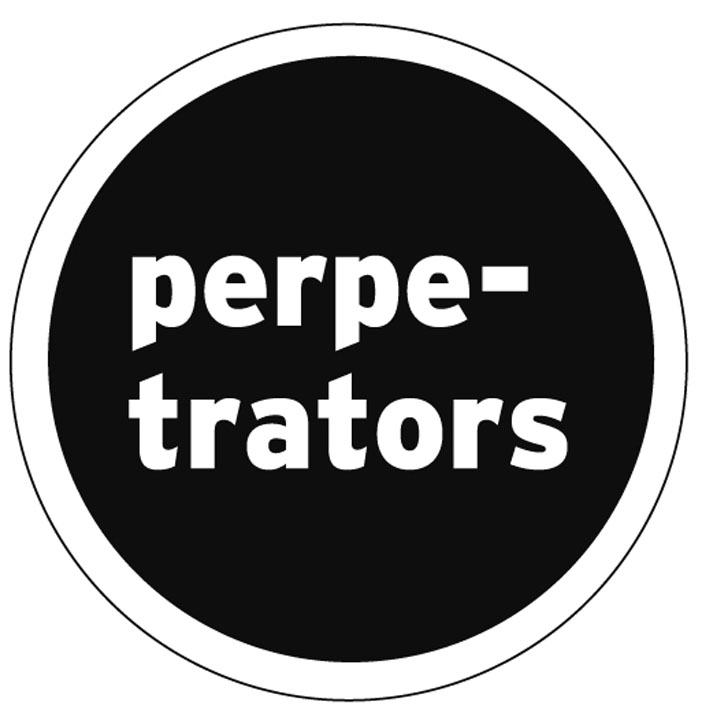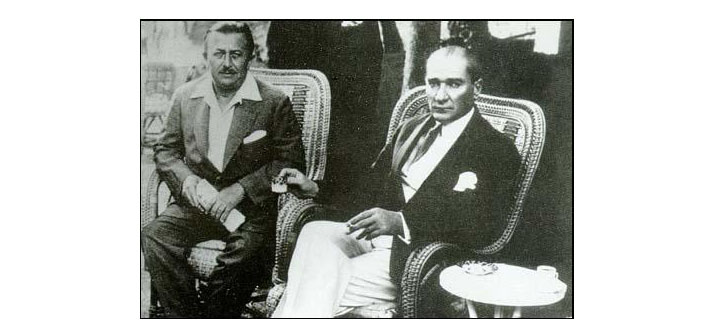Social engineering was an important method applied by the Committee of Union and Progress in establishing relationships between State and society. This policy, with aspects of resettlement, assimilation and slaughter, appears clearly in the ideological and political progress of Union and Progress members. The Union and Progress Party’s policy of Turkification and Islamisation, applied across the empire, was adopted by the Kemalists for the new Republic. Şükrü Kaya was a member of the elite group of actors who implemented these policies.
Şükrü Bey was born in İstanköy in 1882, and after graduating from the Lycée de Galatasaray and the Law School, he was appointed to positions such as justice of the peace and civil inspector. His most important post was Director of the Settlement of Tribes and Migrants, to which he was appointed immediately after World War I broke out. Şükrü Bey was also among the implementers of the deportation and massacre of Armenians as the General Director of Displacement.

Şükrü Bey was the person who observed and reported to the centre setbacks during the enforced deportation, who proposed that the enforced deportation should be financed through Armenian sources, and then went to the Aleppo region and administered concentration camps. He made a particularly significant contribution to the second phase of the Genocide, when concentration camps were evacuated, and Armenians were resettled to ensure that they did not surpass 5-10% of the population. In line with this policy, the great majority of Armenians who managed to survive the enforced migration and reach the concentration camps were massacred.
“The final solution is the termination of the Armenian race. Clashes that have continued between Armenians and Muslims all along have now reached their final stage. The weaker side will be destroyed.”
The following words Şükrü Bey said on 18 December 1915 to the German engineer Bastendorff working at the Baghdad Railway Construction, clearly reveal the genocidal dimension of the policy on Armenians: “The final solution is the termination of the Armenian race. Clashes that have continued between Armenians and Muslims all along have now reached their final stage. The weaker side will be destroyed.”
Following the Armistice of Mudros, Şükrü Bey was appointed the foreign affairs director of the İzmir Association for the Defense of Rights, however, he was arrested to be tried because of his activities during the enforced deportation and the war and was placed in Bekirağa Military Prison. Mustafa Kemal was among his visitors here. The British then sent Şükrü Bey to Malta from here. He was charged with carrying out mass murder during the enforced deportation of Armenians. On 6 September 1921 he fled Malta and travelled to Anatolia to join Kemalist forces.
Şükrü Bey became Menteşe Member of Parliament, and following appointments as Minister of Agriculture and Foreign Minister, he was appointed Interior Minister in 1927, a post he would hold for 11 years. In this context, in the formation process of the Turkish nation-state, Şükrü Bey is among the leading implementers of the Turkification policy that defined the character of the regime, and carried out activities for the establishment of the State on the basis of Turkish identity.
Among these activities, first and foremost is the Resettlement Law dated 2510, which came into force on 10 June 1934. Article 1 of the Law clearly states the goal of the law; this law aims to amend “the settlement and distribution of population in Turkey in accordance with loyalty to Turkish culture”. Şükrü Kaya makes no secret of the fact that the law aims to implement assimilation, and states that the law will help create “a country speaking a single language, united around a single thought an feeling”. Within this scope, the process of accepting Turkish migrants in order to Turkify non-Turkish elements began, and the country was divided into zones, and resettlement areas were determined.
Şükrü Kaya also greatly contributed to the transformation of the Dersim region. In the report on Dersim he prepared in 1931, he states that the people’s weapons must be seized and that tribal leaders must be exiled to the West with their families. He played an active role in the preparation and implementation of the Tunceli Law issued in 1935. He proposed children from Dersim to be educated at boarding schools to facilitate the Turkification of the Dersim area and the full establishment of Turkish culture in the region. Later, the Fourth Inspectorate General was established, and the process of destruction – under the name of ‘rehabilitation’ – began in the Dersim area.
Şükrü Kaya became the General Secretary of the CHP, and following Mustafa Kemal’s death, he formed an alliance with Tevfik Şükrü Aras against İsmet İnönü, and losing this struggle for power, he was cast out. When he was not named as a candidate in the 1939 Parliamentary elections, he withdrew from the political arena and died in 1959.
Şükrü Kaya was the implementer of the social engineering project based on resettlement, assimilation and slaughter, and among the decision makers of the process that extends from the Armenian Genocide to the ‘rehabilitation’ of Dersim, and played a leading role in the construction of a State around the axis of Turkish identity.





